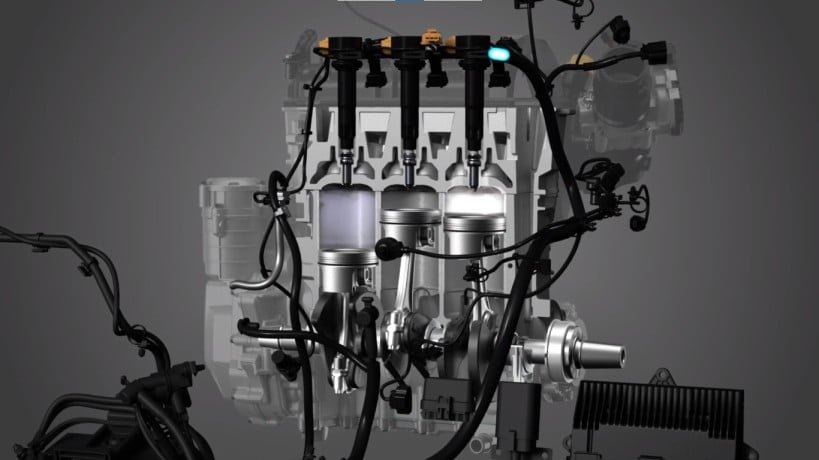Common Causes of Wire Problems
Wire problems can be frustrating and inconvenient, but they are a common issue that many people face in their Cars. Understanding the causes of Wire problems can help you prevent them in the future and know how to repair them when they occur. Here are some common causes of wire problems:
1. Wear and Tear
Over time, wires can become worn out due to constant use, exposure to the elements, or improper handling. This can lead to frayed or damaged wires, which can cause connectivity issues or even Electrical hazards. It’s important to regularly inspect your wires for any signs of wear and tear and replace them if necessary.
2. Incorrect Installation
Improper installation of wires can also lead to problems. If wires are not installed correctly, they may not be able to carry the necessary electrical current or may become loose over time. This can result in poor connectivity or even electrical shorts. It’s important to follow proper installation guidelines and seek professional help if needed.
3. Rodent Damage
Rodents, such as mice or rats, can cause significant damage to wires by chewing on them. This can lead to exposed wires, short circuits, or even electrical fires. If you suspect rodent damage, it’s important to address the issue promptly and take measures to prevent further damage, such as sealing off entry points or using rodent repellents.
4. Overloading
Overloading electrical circuits can put excessive strain on wires, leading to overheating and potential damage. This can occur when too many devices are plugged into a single circuit or when devices with high power requirements are used simultaneously. It’s important to distribute the load evenly across circuits and avoid overloading them to prevent wire problems.
Repairing Wire Problems
When wire problems occur, it’s important to address them promptly to prevent further damage or safety hazards. Here are some steps you can take to repair wire problems:
1. Identify the Problem
The first step in repairing wire problems is to identify the source of the issue. This may involve visually inspecting the wires for any signs of damage, using a multimeter to test for continuity or voltage, or seeking professional help if needed. Once the problem is identified, you can proceed with the appropriate repair method.
2. Replace Damaged Wires
If you find any frayed, damaged, or exposed wires, it’s important to replace them. This can involve cutting out the damaged section of the wire and splicing in a new piece using wire connectors or soldering. It’s important to follow proper wiring techniques and ensure a secure and reliable connection.
3. Secure Loose Connections
If you notice any loose connections, such as wire nuts or terminal screws, it’s important to secure them properly. This can involve tightening the screws or replacing faulty connectors. Loose connections can cause poor connectivity or even arcing, which can lead to further damage or safety hazards.
4. Seek Professional Help
If you are unsure about how to repair wire problems or if the issue is more complex, it’s always best to seek professional help. Electricians have the knowledge, skills, and tools to diagnose and repair wire problems safely and effectively. They can ensure that the repairs are done correctly and help prevent future issues.
Preventing Wire Problems
While it’s not always possible to prevent wire problems completely, there are steps you can take to minimize the risk. Here are some tips for preventing wire problems:
1. Wires Inspection
Perform regular inspections of your wires to check for any signs of wear and tear, damage, or loose connections. This can help you identify and address any issues before they become more serious.
2. Use Proper Wiring Techniques
When installing or repairing wires, make sure to follow proper wiring techniques and guidelines. This can help ensure a secure and reliable connection and minimize the risk of wire problems.
3. Avoid Overloading Circuits
Avoid overloading electrical circuits by distributing the load evenly and using separate circuits for high-power devices. This can help prevent excessive strain on the wires and reduce the risk of wire problems.
4. Protect Wires from Rodents
To prevent rodent damage, seal off entry points to your home or building and use rodent repellents if necessary. This can help minimize the risk of wires being chewed on and damaged.
Conclusion
Wire problems can be caused by various factors, including wear and tear, incorrect installation, rodent damage, and overloading. By understanding the causes of wire problems and taking preventive measures, you can minimize the risk of experiencing wire problems. When wire problems occur, it’s important to address them promptly and follow proper repair techniques. If in doubt, always seek professional help to ensure the safety and reliability of your electrical system. Read more on automotive electrical circuits and wiring here.

